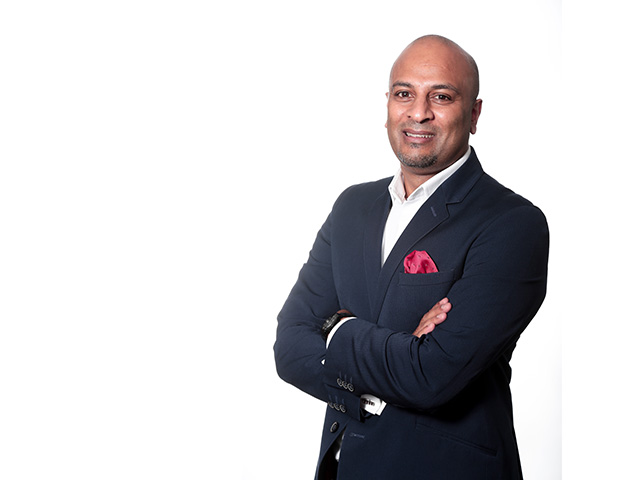How to bring the crowds back, safely
By Industry Contributor 6 August 2020 | Categories: feature articles
By Akesh Lalla, country manager at SAS South Africa
Since the global health crisis became an issue in South Africa, all major leagues and tournaments have been shut down since March. However, with Level 3 Lockdown coming into effect in June, various sports, arts and cultural events have been able to resume slowly under strict health protocols and social distancing.
Professional soccer has returned in a number of European countries and world’s most-watched soccer club tournament of all, the UEFA Champions League, is set to return in August 2020. For now, however, and for the foreseeable future, we have the bizarre spectacle of games being played in empty stadiums, with nothing but the cries of desperate coaches as background noise.
Everyone involved wants fans back in grounds as soon as possible, especially the TV executives desperate for viewers and the money men who rely on TV and fan income to cover the game’s salaries and transfer fees. It is not just soccer, however, that needs its paying customers back.
Cinemas, theatres, concert venues and less high-profile sports do not have the huge TV and sponsorship revenues of soccer, rugby and cricket to keep them going. They rely largely or wholly on paying customers to bring in money and keep them afloat.
South Africa has several venues awaiting the resumption of mass-participation events, such as the 94,700-capacity FNB Stadium, 55 000-capacity Cape Town Stadium and 54 000-capacity
Moses Mabhida Stadium. Key fixtures remain on hold such as The Rugby Championship, while Premier Soccer League (PSL) and a new 3TCricket match are expected to return this month.
So, is there a way of allowing paying customers into these mass audience venues, while maintaining social distancing of at least 2 metres?
Using analytics, we believe it is possible to find an optimal seating arrangement that allows spectators inside, while keeping the required distance between them. As an example, in a simple grid of 7 rows by 7 seats, we can fit 10 people in an area that normally seats 49 by keeping two empty seats between each single person.
Venue operators will, however, want to go further than this seat occupancy ratio of roughly 20%. That is why SAS has developed a Social Distancing Venue and Seat Optimization solution that uses advanced analytics and optimisation routines to find the optimal seating layout in a venue based on specified venue parameters. It is possible, for example, for occupancy to be pushed towards 30% by seating people from the same household together in groups.
In a traditional stadium with a grid of 22 rows and 21 columns, we looked for an optimal solution for groups seated in clusters of up to four people at a time. In this case, the best option resulted in 132 out of 439 seats filled, or an occupancy rate of 30%.
Within South Africa one of rugby’s biggest events outside the World Cup has been confirmed to take place in 2021, when the British & Irish Lions arrive with up to 30 000 touring fans joining them. With 8 fixtures scheduled across the country, Seat Optimization could ensure that fans of both the Springboks and Lions enjoy the spectacle that South Africa gets to host every 12 years.
This type of solution can also be applied to a range of different venues and can be tailored to suit the needs of every organisation and in line with local rules. For example, transport operators could use it to optimise capacity in buses, trains and trams. Educational institutions could utilise analytics to safely space out students in a classroom, assembly hall or lecture room.
It may be some time before we can experience the excitement of a packed stadium, theatre or concert hall again. We can, however, utilise technology to maximise occupancy within safe parameters, while allowing sports teams, theatres and music venues to turn on the revenue taps again.
Most Read Articles

Have Your Say
What new tech or developments are you most anticipating this year?



